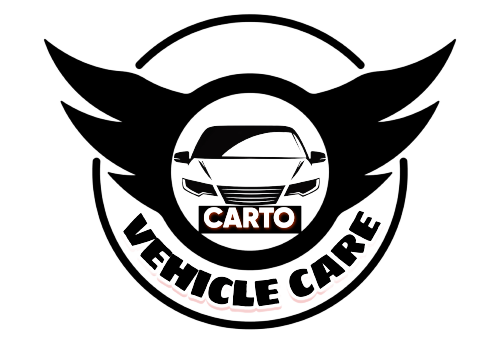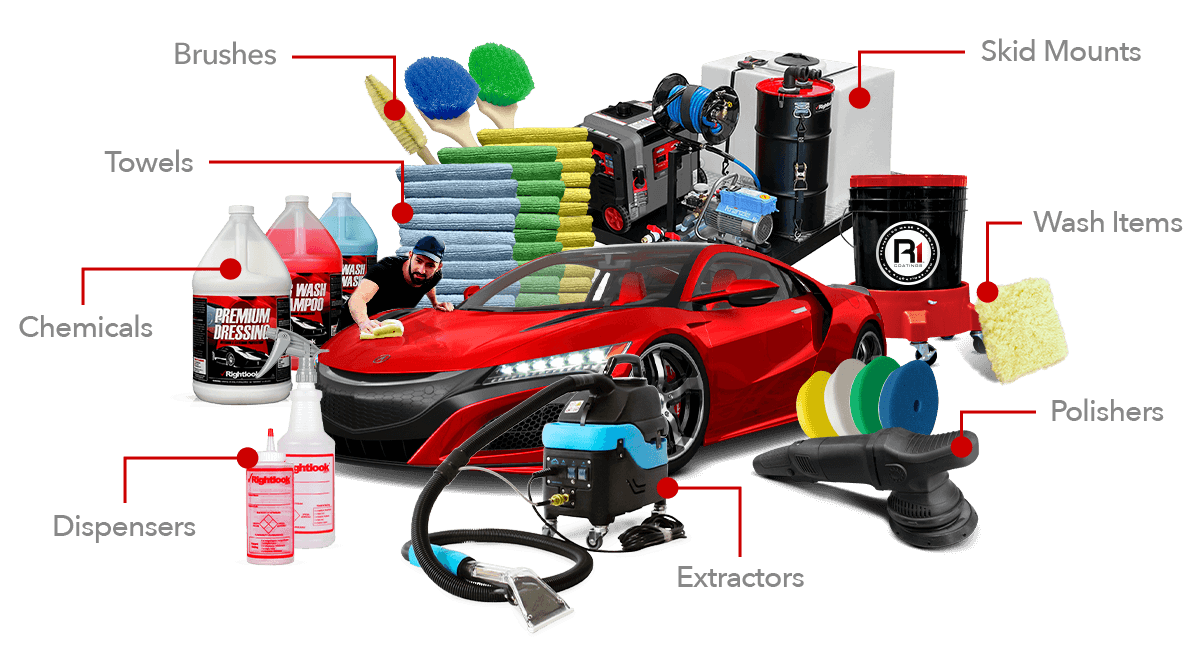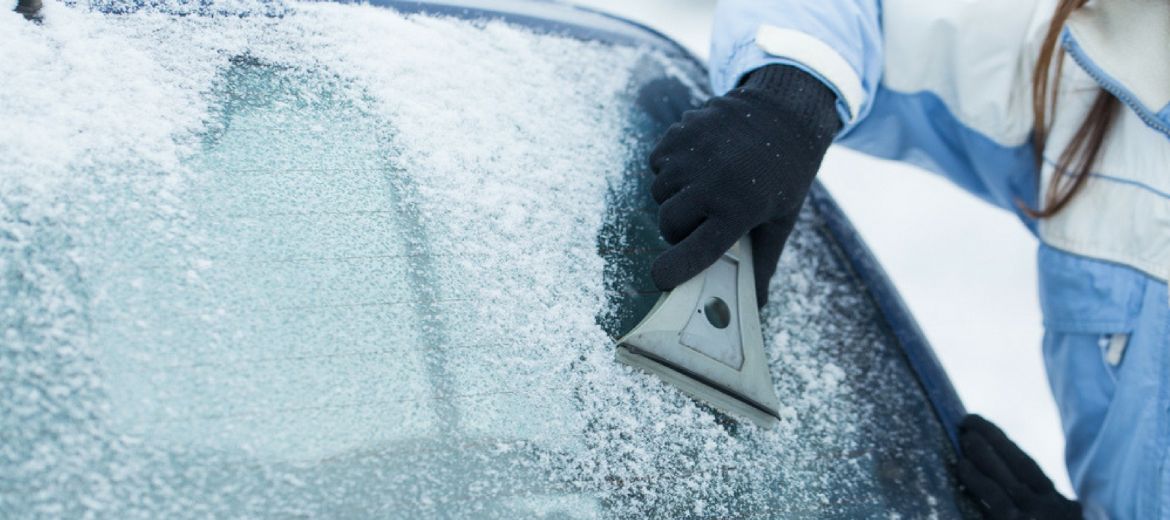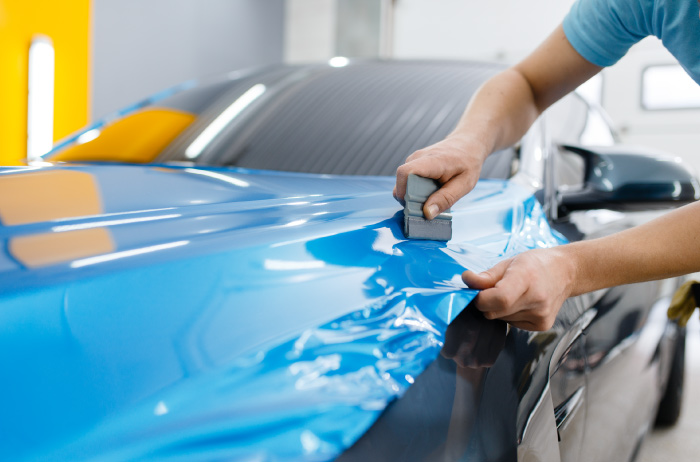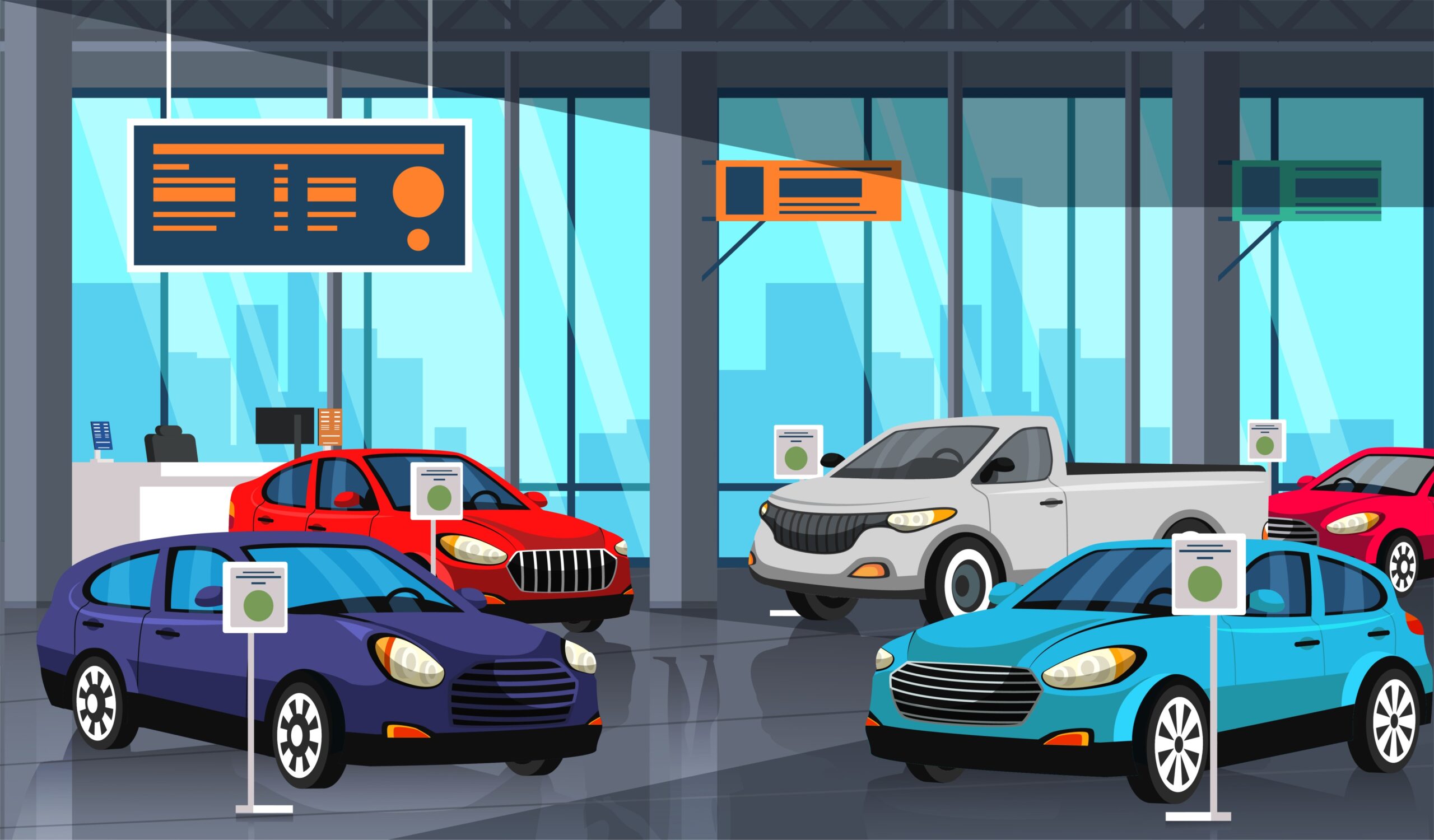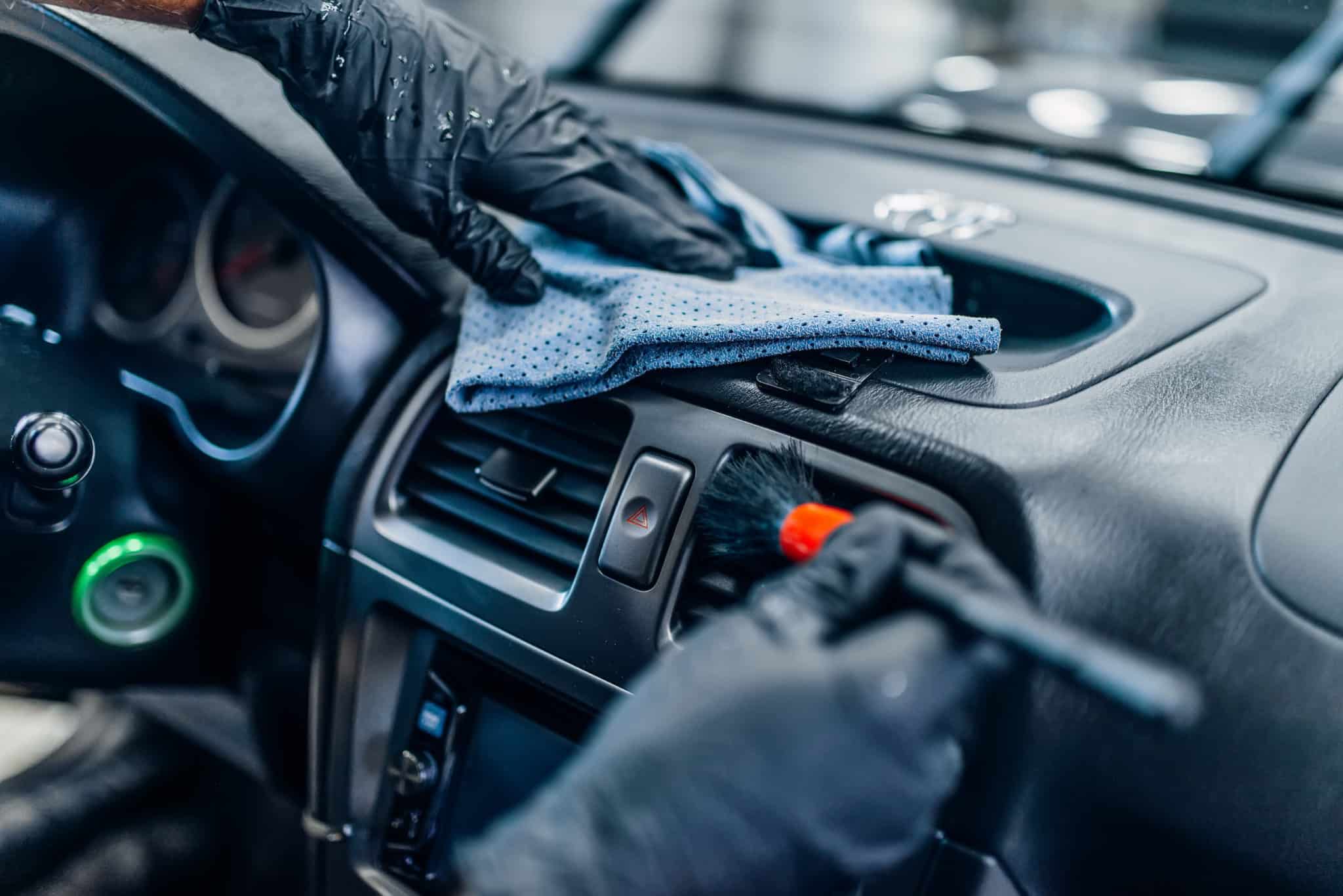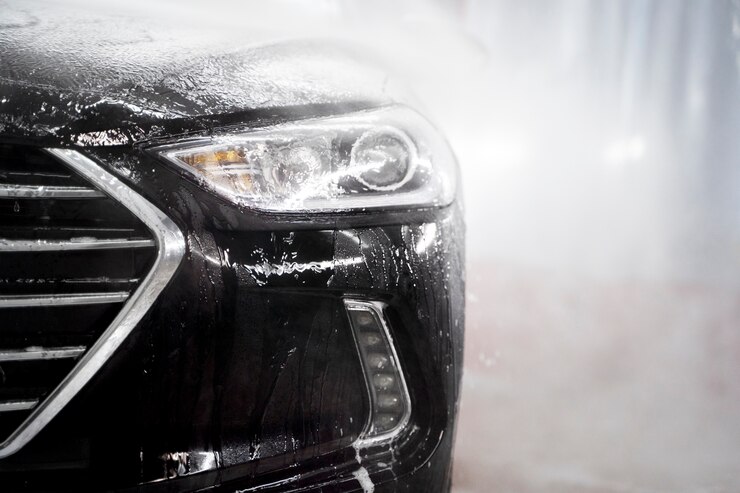Table of Contents
Introduction:
This comprehensive guide, “Navigating Car Spare Parts: An In-Depth Guide for Every Vehicle,” is designed to equip you with the knowledge you need to make informed decisions about your car’s maintenance and repairs This guide will explore the different types of car spare parts, including original equipment manufacturer (OEM) parts, aftermarket parts, and used parts.
Moreover, we will provide insights on where to buy car spare parts, whether from dealerships, online retailers, local auto parts stores, or salvage yards. By the end of this guide, you will be well-equipped to navigate the world of car spare parts with confidence, ensuring your vehicle remains in top condition for years to come
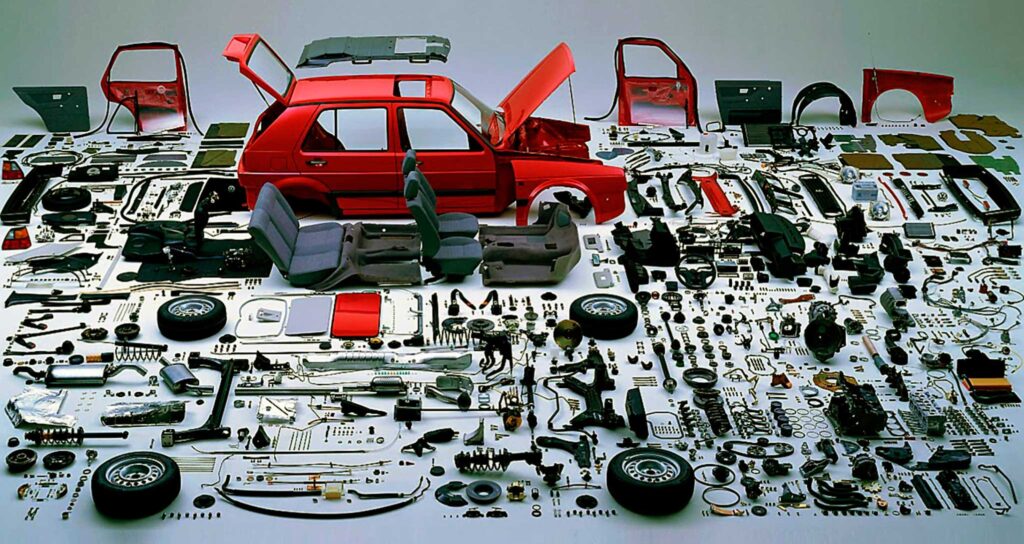
Understanding Car Spare Parts
Car spare parts are individual components and assemblies used in the repair, maintenance, and enhancement of vehicles. These parts can range from small items like bolts and filters to larger assemblies such as engines and transmissions. Spare parts are crucial for replacing damaged, worn-out, or defective parts to ensure the vehicle operates efficiently and safely.
Role and Importance of Car Spare Parts:
1.Maintaining Vehicle Performance:
- Optimal Functioning: Every part of a car, no matter how small, plays a specific role in the vehicle’s overall performance. Replacing worn or damaged parts with high-quality spares ensures that the car continues to run smoothly and efficiently
- .Fuel Efficiency: Properly functioning spare parts, especially in the engine and transmission systems, contribute to better fuel economy. For example, clean air filters and well-maintained spark plugs ensure optimal fuel combustion.
2.Ensuring Safety:
- Brake System: Critical components like brake pads, rotors, and calipers need regular inspection and replacement to maintain effective braking performance, which is essential for the safety of the driver and passengers.
- Suspension System: Parts like shock absorbers and control arms help maintain vehicle stability and handling, reducing the risk of accidents caused by poor road conditions or sudden maneuvers.
3. Extending Vehicle Lifespan:
- Regular Maintenance: Replacing parts as part of routine maintenance helps prevent major breakdowns and costly repairs. Components such as timing belts, water pumps, and battery terminals need regular checks and replacements to avoid engine damage and other issues.
- Longevity: High-quality spare parts ensure that the vehicle can run for many years, providing reliable service and better return on investment.
4.Cost-Effective Repairs:
- Preventing Major Failures: Timely replacement of small, inexpensive parts can prevent larger, more expensive failures. For instance, replacing a worn-out belt can prevent engine overheating or failure
- Affordable Solutions: Used and aftermarket parts offer cost-effective alternatives for repairs and replacements, allowing car owners to maintain their vehicles without spending excessively.
5.Customization and Upgrades:
- Personalization: Spare parts also play a significant role in customizing and upgrading vehicles. Car enthusiasts often replace standard parts with high-performance or aesthetically pleasing alternatives to enhance their vehicle’s appearance and performance.
- Technological Advances: Upgrading to the latest parts and accessories, such as advanced lighting systems, infotainment units, or improved suspension systems, can enhance the driving experience.
6.Environmental Impact:
- Recycling and Reusing: The automotive industry promotes the recycling and reuse of parts to reduce waste and environmental impact. Salvage yards and remanufacturing processes contribute to sustainability by reusing parts that are still in good condition.
- Emissions Control: Proper maintenance and timely replacement of parts like catalytic converters and oxygen sensors ensure that the vehicle meets emission standards, reducing its environmental footprint.
Types of Spare Parts:
- OEM (Original Equipment Manufacturer)
- Aftermarket
- Refurbished/Remanufactured
- Used Parts
OEM (Original Equipment Manufacturer) Parts
OEM parts are manufactured by the same company that made the original parts for the vehicle when it was first built. These parts are identical to the ones that came with the car from the factory.
- Quality and Compatibility: OEM parts are of high quality and are guaranteed to fit and function correctly with the specific make and model of your vehicle.
- Warranty: These parts often come with a warranty from the manufacturer, providing additional peace of mind.
- Availability: OEM parts can be found at dealerships and authorized service centers. They might be more expensive than other types of parts due to their guaranteed fit and quality.
Aftermarket Parts
Aftermarket parts are produced by companies other than the original manufacturer. These parts are designed to be compatible with a wide range of vehicle makes and models.
- Variety: There is a vast selection of aftermarket parts available, often offering different levels of quality and performance.
- Price Range: Aftermarket parts can be less expensive than OEM parts, but the quality can vary significantly between brands.
- Performance Options: Some aftermarket parts are designed to enhance vehicle performance beyond the capabilities of OEM parts
Refurbished/Remanufactured Parts
Refurbished or remanufactured parts are used parts that have been restored to like-new condition through a comprehensive rebuilding process. This process often involves disassembly, cleaning, replacement of worn components, and rigorous testing.
- Rebuilt to Specifications: These parts are rebuilt to meet or exceed the original specifications, often incorporating updated components or improvements.
- Cost-Effective: Refurbished parts are typically less expensive than new OEM parts but offer similar performance and reliability.
- Environmental Benefits: Utilizing refurbished parts is more environmentally friendly as it involves recycling and reusing existing materials.
Used Parts
Used parts are components salvaged from other vehicles, typically those that have been scrapped or dismantled. These parts are sold in their current condition without undergoing any refurbishment.
- Affordability: Used parts are usually the least expensive option available.
- Availability: They can be sourced from salvage yards, auto recyclers, and online marketplaces.
- Condition: The condition of used parts can vary widely. Some may be nearly new, while others might show significant wear and tear.
DIY Installation :
DIY Installation
Basic Tools Needed:
- Socket Set and Wrenches: For loosening and tightening nuts and bolts.
- Screwdrivers: Both flathead and Phillips for various screws.
- Pliers: For gripping, twisting, and cutting wires or cables.
- Jack and Jack Stands: To safely lift and support the vehicle.
- Torque Wrench: To ensure bolts are tightened to the correct specification.
Safety Precautions:
- Work in a Safe Environment: Ensure your workspace is well-lit, well-ventilated, and free of hazards.
- Wear Safety Gear: Use gloves, safety glasses, and proper footwear to protect yourself.
- Secure the Vehicle: Always use a jack stand and never rely solely on a jack to hold up the car.
- Disconnect the Battery: To prevent electrical shocks and accidental deployment of airbags.
- Follow Manufacturer Instructions: Use the vehicle’s service manual for specific guidance on parts and procedures.
Step-by-Step Guides for Common Replacements:
Oil Change:
- Warm up the engine, then turn it off.
- Lift the car with a jack and support it with jack stands.
- Replace the drain plug and remove the oil filter.
- Install a new oil filter and fill the engine with the recommended oil type and amount.
- Check the oil level and inspect for leaks.
Brake Pads:
- Lift the vehicle and remove the wheels.
- Remove the caliper bolts and slide the caliper off the rotor.
- Remove the old brake pads and install new ones.Reinstall the caliper and secure it with bolts.
- Replace the wheels and lower the vehicle.
Battery Replacement:
- Disconnect the negative battery terminal, then the positive.
- Remove any brackets or clamps holding the battery in place.
- Remove the old battery and place the new one in the tray.Reconnect the positive terminal first, then the negative.
- Secure the battery with brackets or clamps.
Conclusion
- Understanding the role and types of car spare parts: OEM, aftermarket, refurbished, and used.
- How to identify and ensure the quality and authenticity of spare parts.
- DIY installation versus professional assistance: knowing when to DIY and when to seek professional help.
- Importance of regular maintenance and signs of wear and tear to watch out for.
- Managing costs and budgeting for repairs and replacements.
- Debunking common myths and misconceptions about car spare parts and maintenance.
